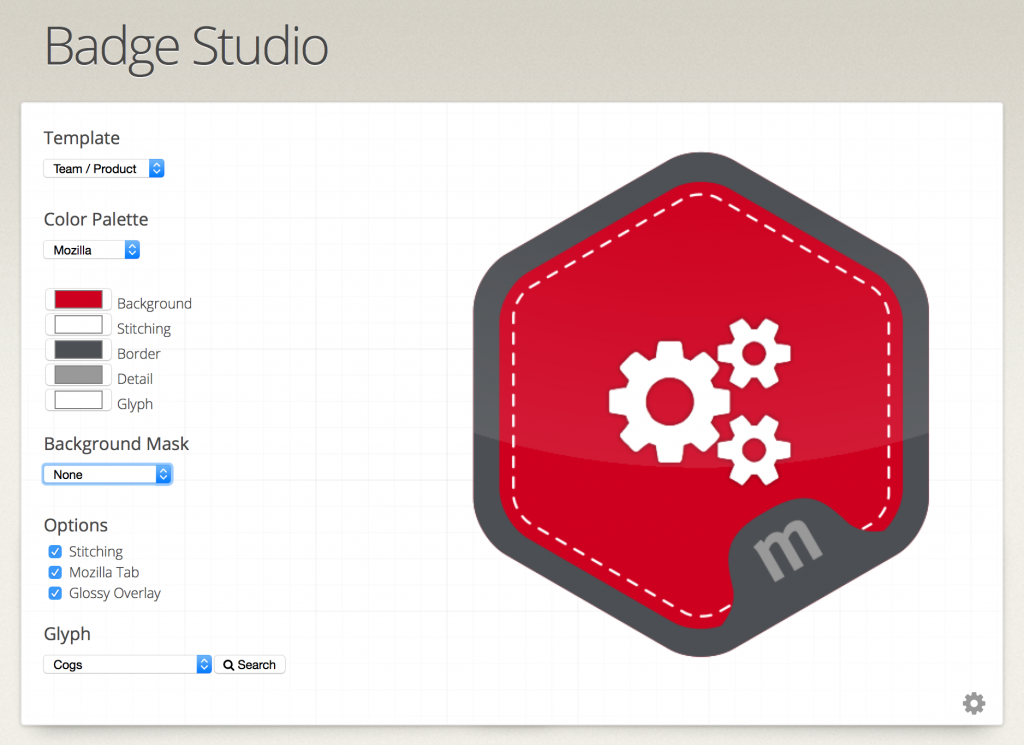Weeknote 31/2015
Note: this is my last weeknote until September due to my impending digital hiatus. I’ll write a ‘monthnote’ on my return! You can still contact me via my work email addresses but I’ll not be in social networks during August.
This week I’ve been:
- Sending out Issue #184 of my newsletter, Things We Learned This Week. Thanks again to nCube for sponsoring July’s issues!
- Travelling to London and back. I was down on Wednesday and Thursday this week as I had a meeting with Kirstie Donnelly, MD of City & Guilds UK. I stayed at Citadines Barbican which is great as it’s comfortable, spacious, and opposite the swimming pool I use.
- Recording and releasing Episode 20: ‘Entrepreneurial Standing’ of the Today In Digital Education (TIDE) podcast I record with Dai Barnes. That’s the last episode until September, so you’ve got a chance to catch up!
- Investing in a glass teapot and cup/saucer combo. It’s all about the rituals and routines to start the day. I got some camomile tea (morning) and jasmine pearls (afternoon) to go with them…
- Meeting with Jeremy Dean from Hypothes.is. We’ve started to use this free, Open Source ‘annotation layer for the web’ to gather community feedback/suggestions for the Open Badges 101 course.
- Asking for reader feedback via my 2015 reader survey. I’ve had some interesting responses so far, including my favourite: someone’s description of their occupation as ‘middle-class drudgery’!
- Indexing a completed Moleskine notebook in the way I outlined in this 2011 post. I’ve gone for the same size but with squared paper this time around and, I have to say, much prefer it.
- Improving the Open Badges 101 course with Bryan and sending out an update. We presented on the Open Badges community call this week. You might like to get involved by suggesting badges we might want to issue or by subscribing to updates.
- Agreeing the outline of a new contract with City & Guilds. It looks like I’ll be working with them for three days per week at a rate that will allow me to have a ‘development day’ to pursue my own agendas. I’ll have a spare day per week for other clients. Get in touch if you’re interested!
- Writing:
Over the next month I’ll be up and down to London, reading a lot of stuff, and steering clear of screens when I’m not working! Today we’re off for a long weekend camping in the Lake District. It’s predicted to rain the entire time. Fun.


